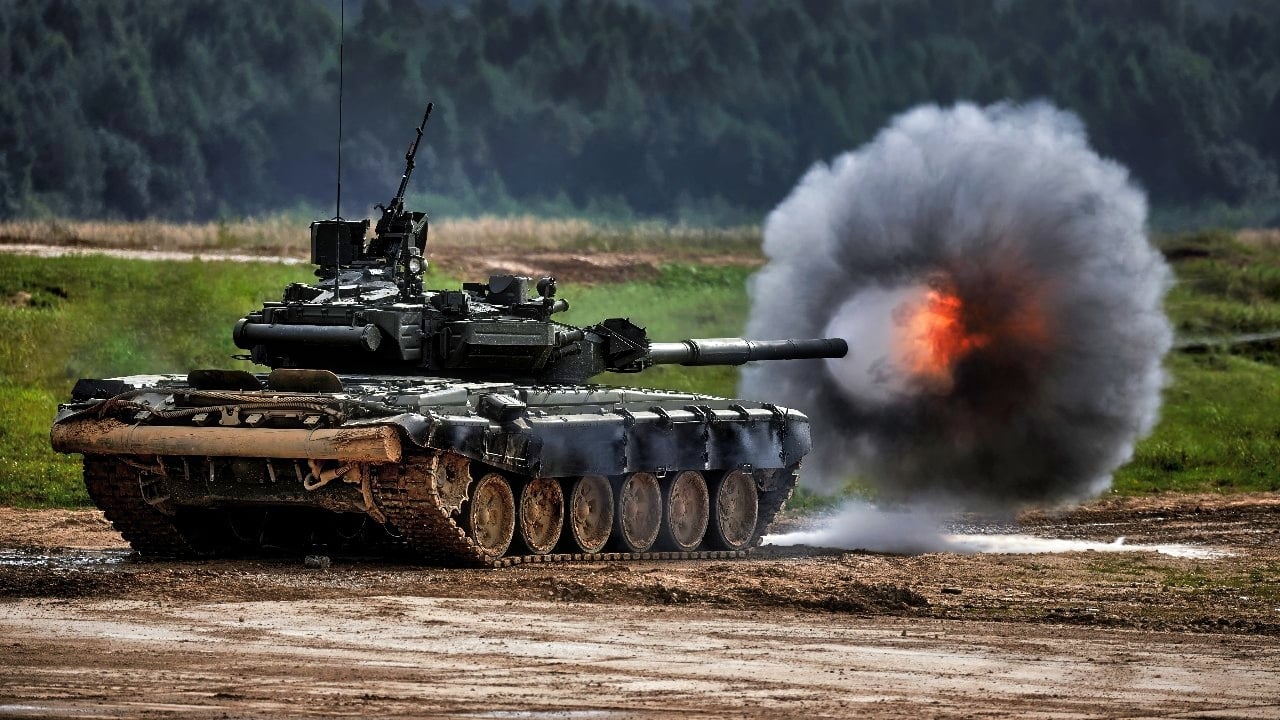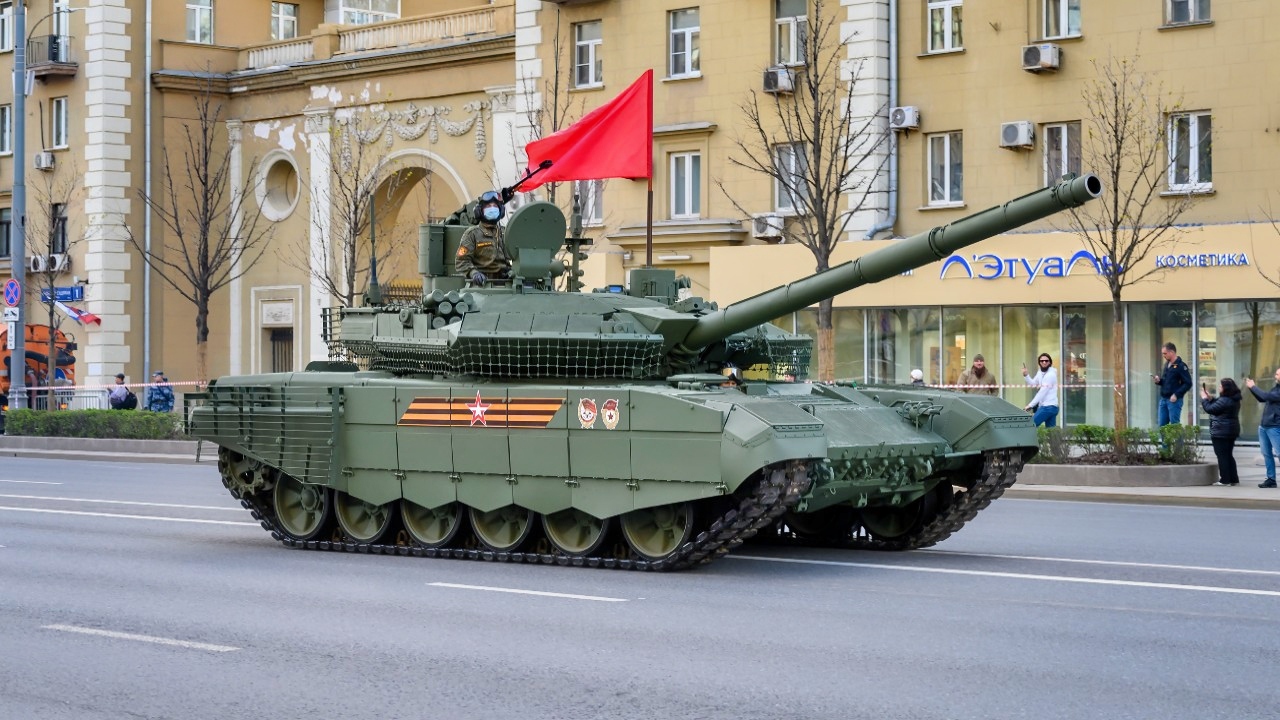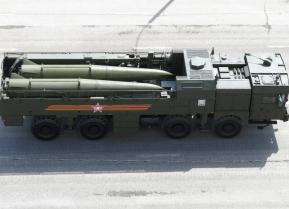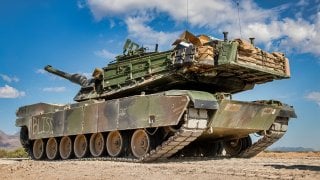Russia Is Now Losing a Staggering 2,000 Troops a Day in Ukraine War
Russia’s military is employing World War One-style tactics, involving relentless human wave attacks and heavy artillery, to make incremental gains in eastern Ukraine, notably around urban centers like Vuhledar.
What You Need to Know: Russia’s military is employing World War One-style tactics, involving relentless human wave attacks and heavy artillery, to make incremental gains in eastern Ukraine, notably around urban centers like Vuhledar.

-Despite tactical advances, this costly approach yields near-record Russian casualties, with nearly 2,000 troops lost in the past 24 hours, plus extensive losses in vehicles, tanks, and artillery.
-Analysts warn that while these tactics may produce short-term gains against Ukrainian forces, they are unsustainable in a prolonged conflict and would be ineffective against NATO's modernized capabilities.
-Questions remain about the Kremlin’s ability to endure this attrition rate.
Russia’s World War One Tactics in Ukraine Come at a Steep Cost
The Russian forces are attacking along several parts of the contact line, hurling thousands of troops and hundreds of heavy weapon systems against the Ukrainian defenders.
Moscow is making progress but at an extremely high cost to its men.
Stepping back from the noise and the high casualties, one thing becomes clear—Russia is trying to win this war through World War One tactics.
Meanwhile, the Russian forces suffered nearly 2,000 casualties over the past 24 hours.

World War One Tactics in 2024
Since May, the Russian military has been on the offensive, attacking along the contact line and capturing several urban centers, such as Chasiv Yar, Avdiivka, and Vuhledar.
“Russian forces are successfully leveraging their recent seizure of Vuhledar to make tactically significant gains south of Kurakhove in support of ongoing Russian offensive operations that aim to level the frontline and eliminate the Ukrainian salient in western Donetsk Oblast,” the Institute for the Study of War assessed in its latest operational estimate of the conflict.
The Russian military is now pursuing a tactical approach to the conflict. That is, Russian forces are aiming for small, tactical advances on the battlefield that, added together, create a momentum of progress.
“ISW is revising its previous assessment that Russian forces would not likely be able to take advantage of the seizure of Vuhledar for further offensive operations in western Donetsk Oblast. That assessment was incorrect,” the Institute for the Study of War stated.
And yet, despite their tactical advances, the Russian forces remain incapable of maneuver warfare of the sort that could produce an operational breakthrough.
“Russian forces have advanced in western Donetsk Oblast at a moderate tempo, but Russian forces remain highly unlikely to be able to conduct rapid mechanized maneuver that could successfully encircle Ukrainian forces,” the Institute for the Study of War added.

In many ways, the Russian military is trying to win the war through World War One tactics: daily, human wave attacks and lots of artillery. Although such tactics seem effective in a conflict against Ukraine, they wouldn’t work against the United States and NATO and their more destructive capabilities.
Near Record Russian Casualties
Meanwhile, the Russian forces continue to take very heavy casualties in the fighting. Over the past 24 hours, the Russian military, pro-Russian separatist forces, and paramilitary units took 1,950 casualties killed or wounded, according to data released by the Ukrainian Ministry of Defense. If accurate—Western intelligence has often corroborated Ukrainian casualty figures—the number represents some of the highest single-day casualties for the Russian forces in the entire conflict.
In addition, the Russian forces lost approximately 81 infantry fighting vehicles and armored personnel carriers, 68 tactical vehicles and fuel trucks, 61 unmanned aerial systems, 42 artillery guns and multiple launch rocket systems, 23 main battle tanks, and 6 pieces of special equipment destroyed or damaged.
And the question once more becomes: how long can the Kremlin maintain such a high level of attrition?
About the Author
Stavros Atlamazoglou is a seasoned defense journalist specializing in special operations and a Hellenic Army veteran (national service with the 575th Marine Battalion and Army HQ). He holds a BA from the Johns Hopkins University and an MA from the Johns Hopkins’ School of Advanced International Studies (SAIS). His work has been featured in Business Insider, Sandboxx, and SOFREP.
Image Credit: Creative Commons.


